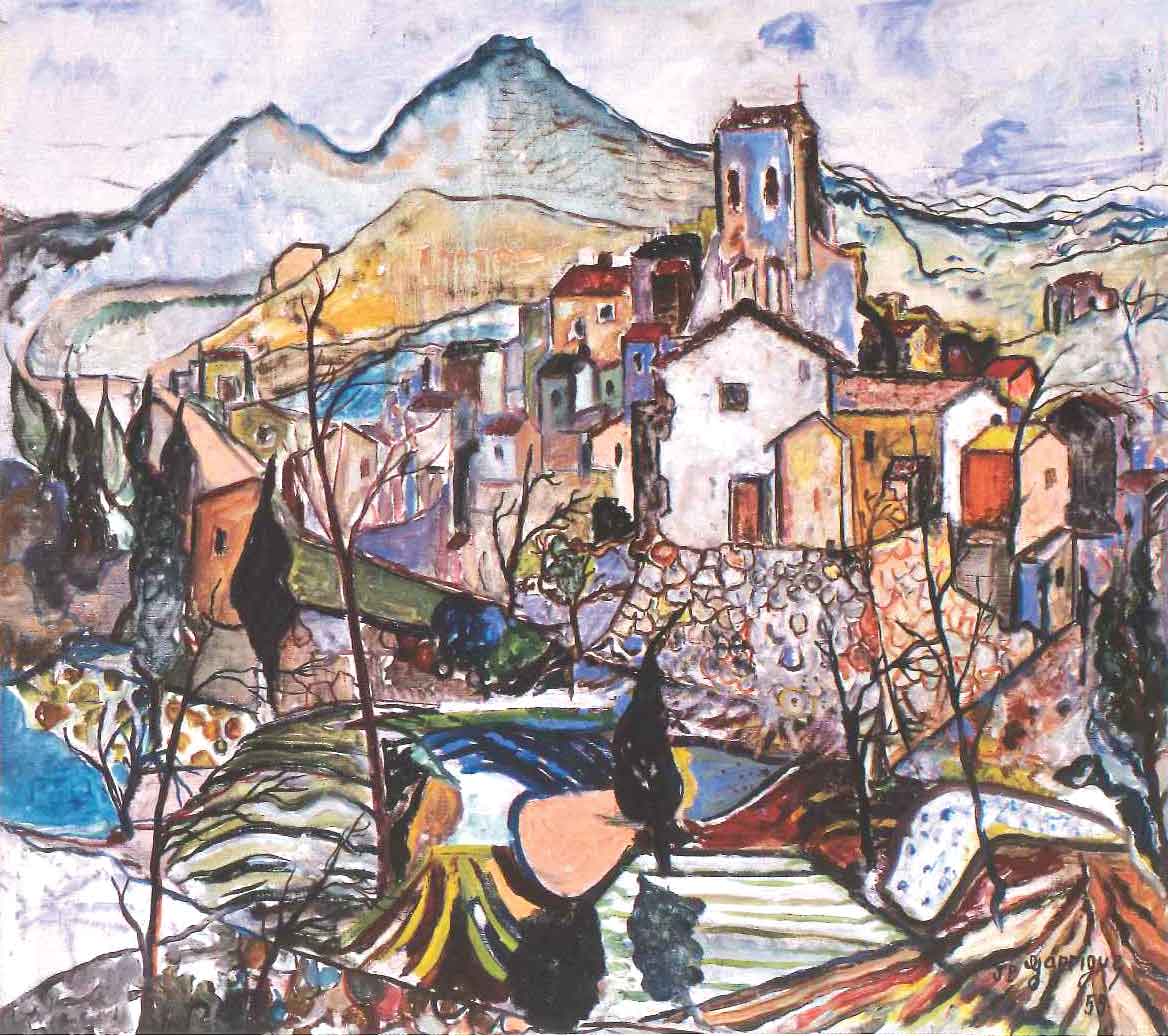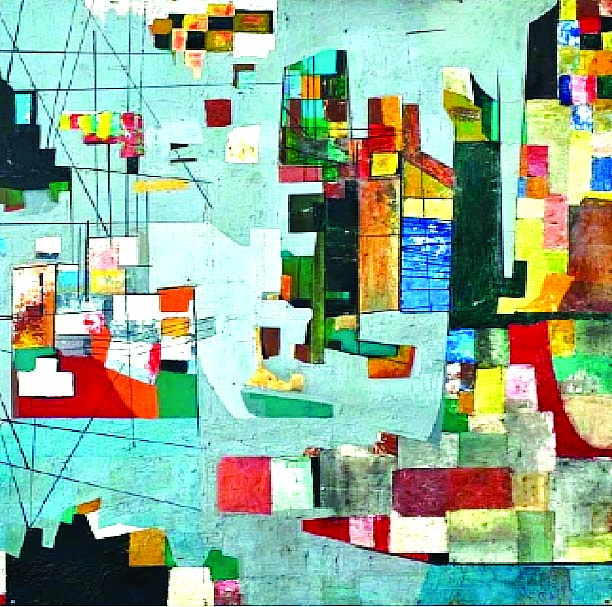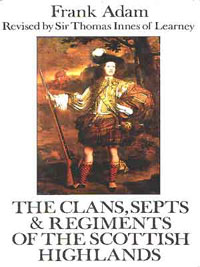Jean Pierre Garrigue? Who?
Cathy Bell does some detective work in an antique shop in Ceret
THE SMALL French Catalan town of Ceret in the Pyrenees-Oriental region in the south west of France is known for the significant number of famous and well-known artists who lived and worked there in the first half of the twentieth-century.
According to historical accounts, three waves of artistic activity took place in the town. Ceret became a hub of some of the most important movements in modern painting and art of the century.
Pablo Picasso went there from Paris in 1911, Henri Matisse, Georges Braque and Juan Gris followed soon after, so a small community of avant-garde artists was formed. Ceret became known as the ‘Mecca of Cubism' and it is said to be the place where collage as an artistic expression appeared for the first time.

In 1919, soon after the end of WWI, the second wave of artists arrived in Ceret, while Picasso and the other first wave artists had been working in Montmartre in Paris, the second wave came from Montparnasse.
These included Chaim Soutine, Raoul Dufy and the poet Jean Cocteau. Finally, the third wave happened during WWII when Marc Chagall, Jean Dubuffet and Tristan Tzara, among others, moved to Ceret from Paris, fleeing the Nazis.
Not surprisingly, Ceret maintains its historical link with its artistic past, most notably in the Museum of Modern Art there which was opened in 1950. The formation of the museum was aided by the benevolence of the painter Frank Burty Haviland, who was heir to the Limoges porcelain factory, and his friend the painter Pierre Brune.
From the beginning the museum was receiving donations of work from Picasso, Matisse and the many other artists associated with the town. Picasso donated a large collection of ceramics, many of which depict the theme of bullfighting, an activity which fascinated the artist himself and one which was integral to the Catalan culture.
The artists who were attracted to live and work in Ceret have been well documented: quite a few of them are giants of the art world and many others are well known and recognised for their contribution to the art of the period.
However, this is not the case with the artist Jean Pierre Garrigue, who lived and painted in Ceret and Paris between the mid 1950s and late 1960s.
Recently, while in Ceret browsing in an antique shop I came across what seemed to me a painting which looked out of place alongside the other art in the shop.
It looked as if it should belong in the Modern Art Museum across the road. It was as surprising to see it there as the two black crows sitting perched and untethered behind me.
I asked the owner of the shop, Alain Ribes, who the artist was and he proceeded to tell me the story of Jean Pierre Garrigue. Jean Pierre started painting when he was very young and was an accomplished painter by the age of twelve.
He was born in 1943 and lived his life between Paris and Ceret, so as well as having access to all the stimulus Paris had to offer, he was resident in Ceret when the Museum of Modern Art first opened.
Therefore, he had access to the best European art of the period and it obviously influenced him. He spent all of his summers, several months at a time, in Ceret and so it is possible that he even met some of the later artists who settled there.
Whatever the case, the influence of the art around him is evident in a book which chronicles his work. The book, published in 2010 (Mag Grup) depicts approximately 110 colour plates of his paintings, arranged in chronological order, showing the progress of his style and the influences on his work.
After seeing the book (I now own a copy) and the quality and extent of his oeuvre I was amazed that he had not received more acclaim and recognition. Sadly, this is possibly due to the fact that he died at the young age of 25. Unfortunately, having been adversely affected by serving in the French Algerian conflict (Algerian War of Independence 1954-1962), Jean Pierre took his own life in 1968 in Paris.
Several years ago his sister Anne Garrigue found a substantial number of paintings by Jean Pierre in the cellar of their old family home at Les Cluses in Ceret. There were around 500 paintings of various sizes and styles as well as drawings and ceramics. From studying the work depicted in the book it is clear to see that he was extremely talented. The colour plates show that he could paint well from the age of eleven.
He sampled influences from the contemporary art he saw around him yet managed to inject his own personal vision into them. Therefore, whilst echoing other artists, his paintings seem original and specific to an individual personality. There is a sense that he is experimenting, the later work shows a move towards Art Brut and even Pop Art. His self-portrait from 1966 looks post-modern and seems to anticipate portraiture by David Hockney from the early 1970s, for example, Mr and Mrs Clark and Percy (1970).
Jean Pierre's death brought an end to the creative production of a talented and, in some ways, pioneering young artist. Who knows where his art might have gone should he have lived?
His sister Anne wants to keep his legacy alive and, since finding her brother's paintings, exhibitions of his work have been held in both Paris (2011) and Ceret (2013). Also, the book containing the evidence of his artistic legacy shows there is little doubt that, had he lived, Jean Pierre would have taken his place amongst the other artists who were inspired by the place they and he loved – his ‘huge playground, the Midi.'
For more information visit - www.jeanpierre-garrigue.com








